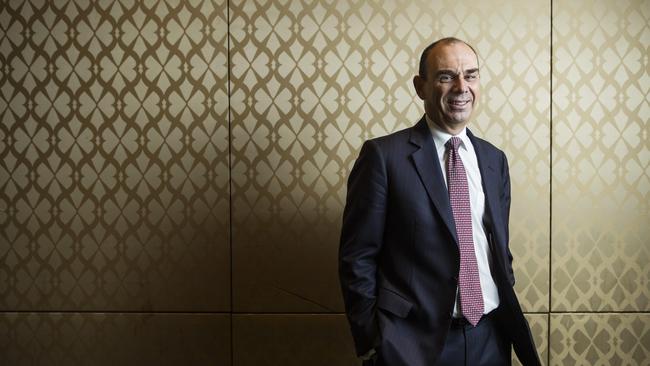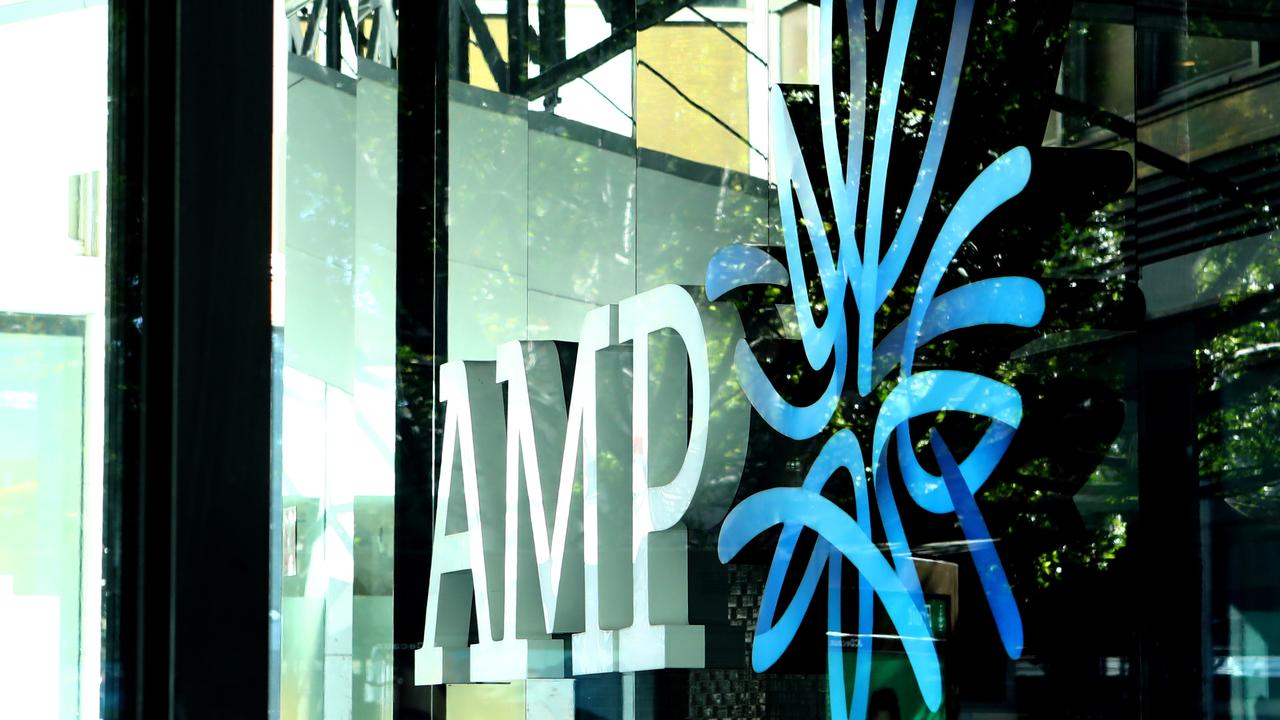APRA has public sector’s $1m man
The boss of the nation’s banking regulator, Wayne Byres, has emerged as one of Australia’s highest paid public servants.

The boss of the nation’s banking regulator, Wayne Byres, has emerged as one of Australia’s highest-paid public servants, last year taking home more than $1m.
The figure, contained in the Australian Prudential Regulation Authority’s latest annual report, comes as the regulator says it is planning to boost staff numbers by 100 to help bolster supervision of banks, superannuation funds and health insurers.
Mr Byres’ salary of $1.009m, which includes super and long service leave benefits, marks new disclosure for the bank regulator, with the salary of all of APRA’s top executives revealed.
This includes $730,000 for deputy chairman Helen Rowell and $575,000 for banking deputy chairman John Lonsdale.
This puts Mr Byres slightly behind Reserve Bank governor Philip Lowe, who in 2018 was paid $1.02m.
Writing in the annual report, Mr Byres said that new funding measures for the regulator in the wake of last year’s Hayne royal commission “have enabled a substantial upgrade in APRA’s supervisory capabilities”. This includes an additional $210m as the regulator takes a tougher stance on banks and rolling out the new bank executive accountability regime.
“These new funding measures have significantly increased APRA’s available resources, with staffing levels set to increase in 2019-20 by around 100 permanent employees,” Mr Byres said.
In the annual report Mr Byres said Australian economic conditions remain relatively benign, but warned there was a “range of vulnerabilities domestically and internationally” weighing on the banking and financial sector.
These include the impact of very low interest rates, high asset prices, trade tensions, slowing growth rates and high debt levels. These were compounded by the accelerating industry risks posed by, for example, potential cyber attacks and technological disruptions, Mr Byres said.
He also noted the banking sector’s reputation has taken a beating over the past year in the wake of a series of scandals and poor customer outcomes that have led to billions of dollars in remediation payments.
“While APRA’s primary role is to maintain and protect the stability and soundness of the financial system, its activities over the past year have necessarily responded to these issues. APRA has been applying more of its resources to issues outside of the traditional realm of financial risks and delving more deeply into so-called non-financial risks such as culture, remuneration and governance,” Mr Byres said.
Earlier this week he also said the new Australian Competition Consumer Commission inquiry was an opportunity for banks to explain pricing decisions amid criticism they failed to pass on the Reserve Bank’s three 2019 rate cuts in full to borrowers.
Mr Byres added that the Hayne royal commission had focused on misconduct rather than on how the financial system was functioning.
He cautioned that the rash of separate reviews risked distracting the banks from dealing with a rapidly changing environment.


